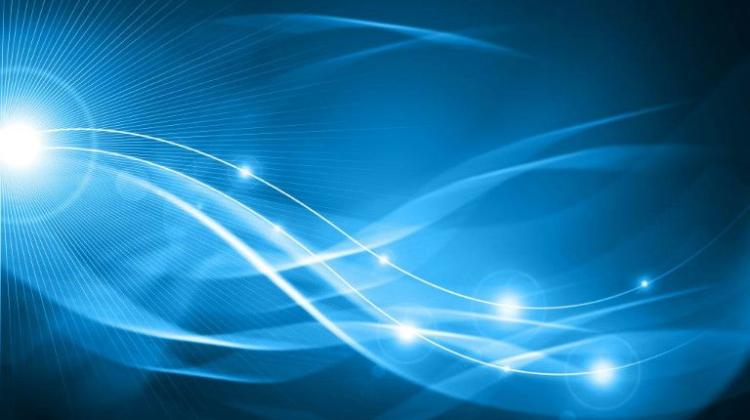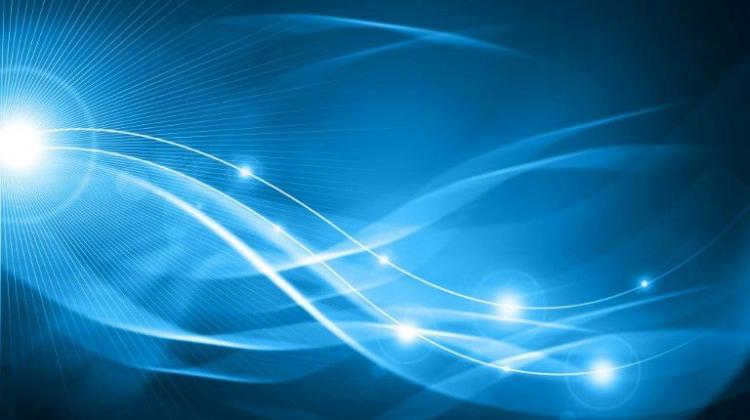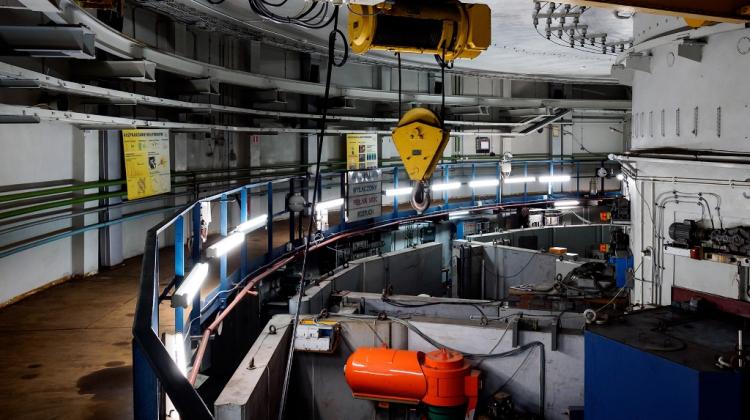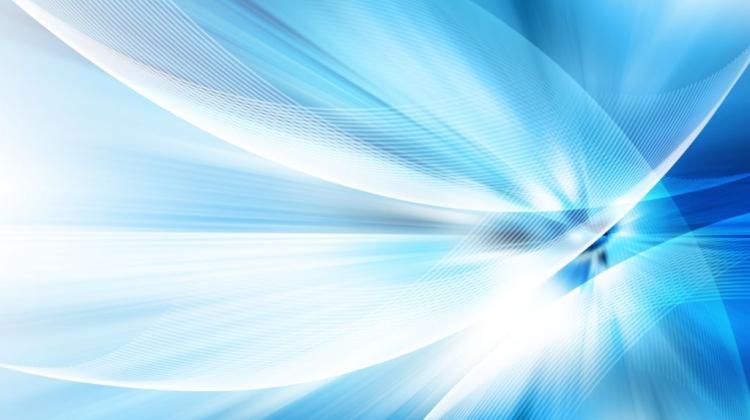Scientists observed gravitational waves for the second time

Scientists observed gravitational waves for the second time. American LIGO observatory caught the second wave on December 26, 2015, and again its source was a collision of two black holes. "We hope that soon many more waves will be detected" - said Prof. Andrzej Królak.
The results of the observations made by the two detectors of the American LIGO Observatory, were announced at the conference of the American Astronomical Society (AAS) in San Diego. Scientists observed the first detection of gravitational waves on 14 September 2015, and announced the historical achievement in February 2016. Last Wednesday, scientists announced that LIGO had detected second gravitational wave, which was registered on 26 December 2015.
"As before, the gravity wave signal was detected from a system of two black holes, smaller ones this time. The black holes had the following masses: the first - 14 solar masses, and the second - 8 solar masses. They fused into a single black hole with a mass of 21 solar masses. One solar mass has been radiated by gravitational waves" - told PAP Prof. Andrzej Królak from the Institute of Mathematics PAS in Warsaw and the National Centre for Nuclear Research, leader of the Polish group of scientists involved in this project.
He added that the lower mass of black holes had considerable importance, because it made the work of researchers a bit more difficult. "Gravity wave signal was longer than the previous one and lasted more than a second, but it was also three times weaker and heavily immersed in the detector noise. This meant that important for the detection of the signal were models of gravitational waves from binary systems of black holes and neutron stars" - said Prof. Królak.
The second registered wave is not all. During the four-month of observations LIGO detected another signal, which was much weaker than the other two. Scientists are not so absolutely sure whether what they registered was a gravitational wave, coming from a system of black holes. "There is an 85 percent probability that this was it. So we have almost three detections of gravitational waves of the same type" - said Prof. Królak.
The first detection of gravitational waves was sensational, because scientists have been trying to "see" them since the 1960s. Scientists are confident that in the coming years they will detect more and more gravitational waves. Three observed waves are the result of only the first phase of observations carried out by the LIGO detectors, which lasted from September 2015 to January 2016. Until the autumn LIGO takes a break to improve detector sensitivity. Subsequent observations will last half a year. "We expect that the sensitivity of the detector will be 1.5-2 times better, so it will be able to detect two times weaker gravitational waves. We also expect the European VIRGO detector to join, which will further increase the strength of the entire network" - said the researcher.
This will allow to detect more gravitational waves. "I expect that there should be about a dozen signals from black holes alone in half a year" - said Prof. Królak. He admitted that scientists would like to detect gravitational waves from sources other than the collision of black holes - in particular the collisions of two neutron stars or a neutron star and a black hole.
"This is very important for us. These systems should also be sources of gamma-ray bursts, which astrophysicists have been studying for decades. So far it is not clear what are the sources of these bursts. It seems that the sources might include merging of binary systems of neutron stars, or a neutron star and a black hole. It is a very important signal that we want to detect" - explained Prof. Królak.
Scientists need a large number of detections of gravitational waves, because the analysis of the signals allows to "test" the correctness of Albert Einstein\'s general theory of relativity. "The fact that we get more and more of these observations allows to confirm that Einstein\'s theory works very well. There are no deviations from it, which is important for the fundamental laws of physics" - emphasised the scientist.
Future observations of gravitational waves will also help scientists understand exactly how the systems of two black holes have formed. "There are now two alternative possible scenarios of their formation. Future detections would allow astrophysicists to say much more about it" - the scientist added.
As announced Polish Academy of Sciences, an important contribution to achieving the second direct observation of gravitational waves from the binary black holes system has been made by 14 Polish scientists working in the POLGRAW group, which is a member of the Virgo project. They created the basis for many algorithms and methods used to detect and estimate the parameters of gravitational waves from binary systems (Prof. Andrzej Królak, Prof. Piotr Jaranowski), contributed to the precise modelling of the gravity wave signal from binary systems (Prof. Piotr Jaranowski, Prof. Andrzej Królak), conducted simulations showing that binary systems of black holes are the sources of gravitational radiation that are best detectable by the detectors LIGO-Virgo (Prof. Tomasz Bulik), studied the astrophysical properties of binary systems (Dr. Michał Bejger, Dr. Izabela Kowalska-Leszczyńska, Dr. Dorota Rosińska), and searched for optical flashes that could accompany the event (Dr. Adam Zadrożny). Nine scientists from the group POLGRAW were among the authors of the publication, which announced the second registration of gravitational wave.
Simulations related to the number of merging binary systems of neutron stars and black holes are being carried out by Polish-American team led by Prof. Krzysztof Belczyński from the University of Warsaw Astronomical Observatory, who predicted a few years ago that a collision of black holes would be the source of gravitational waves.
PAP - Science and Scholarship in Poland, Ewelina Krajczyńska
ekr/ agt/ mrt/
tr. RL
Przed dodaniem komentarza prosimy o zapoznanie z Regulaminem forum serwisu Nauka w Polsce.


















